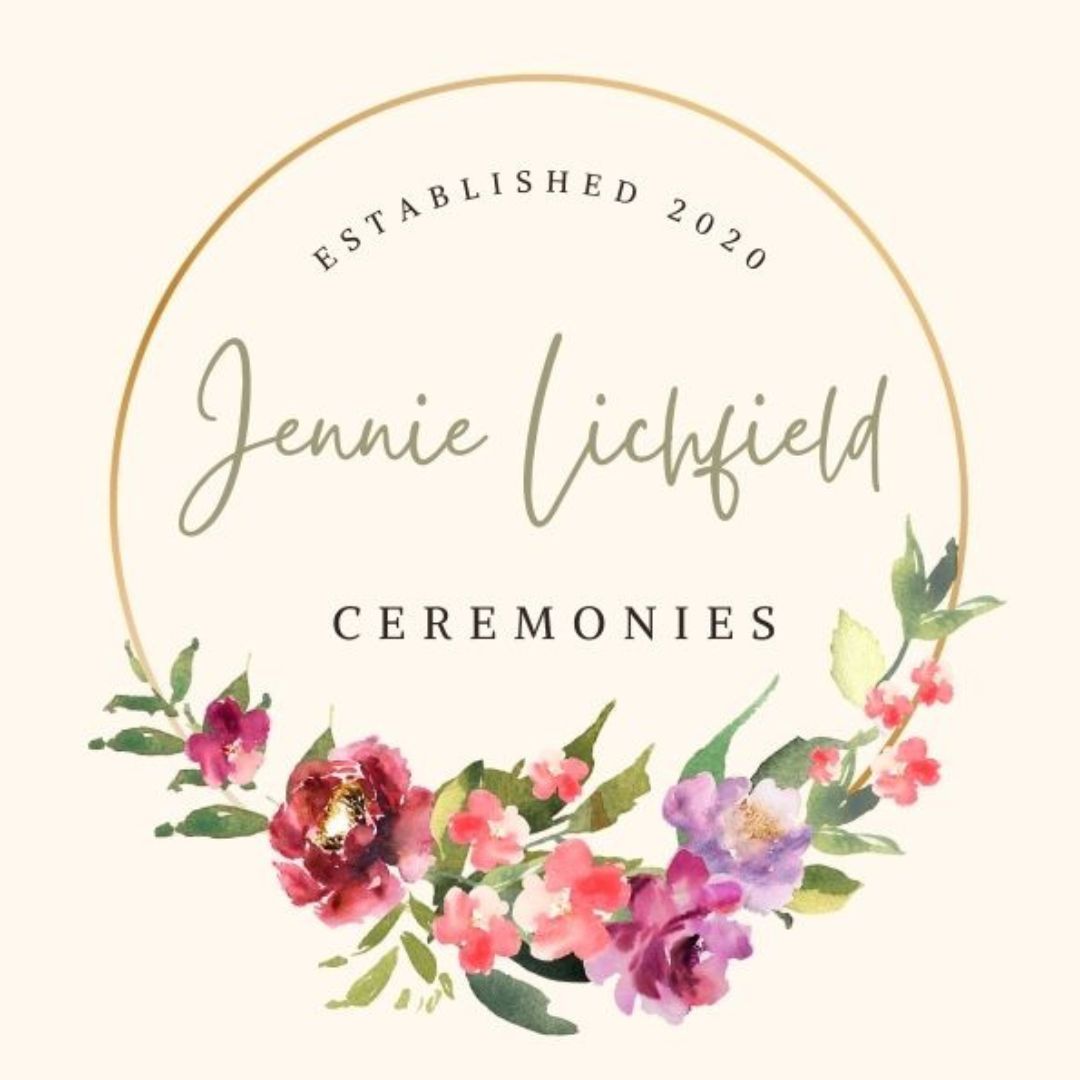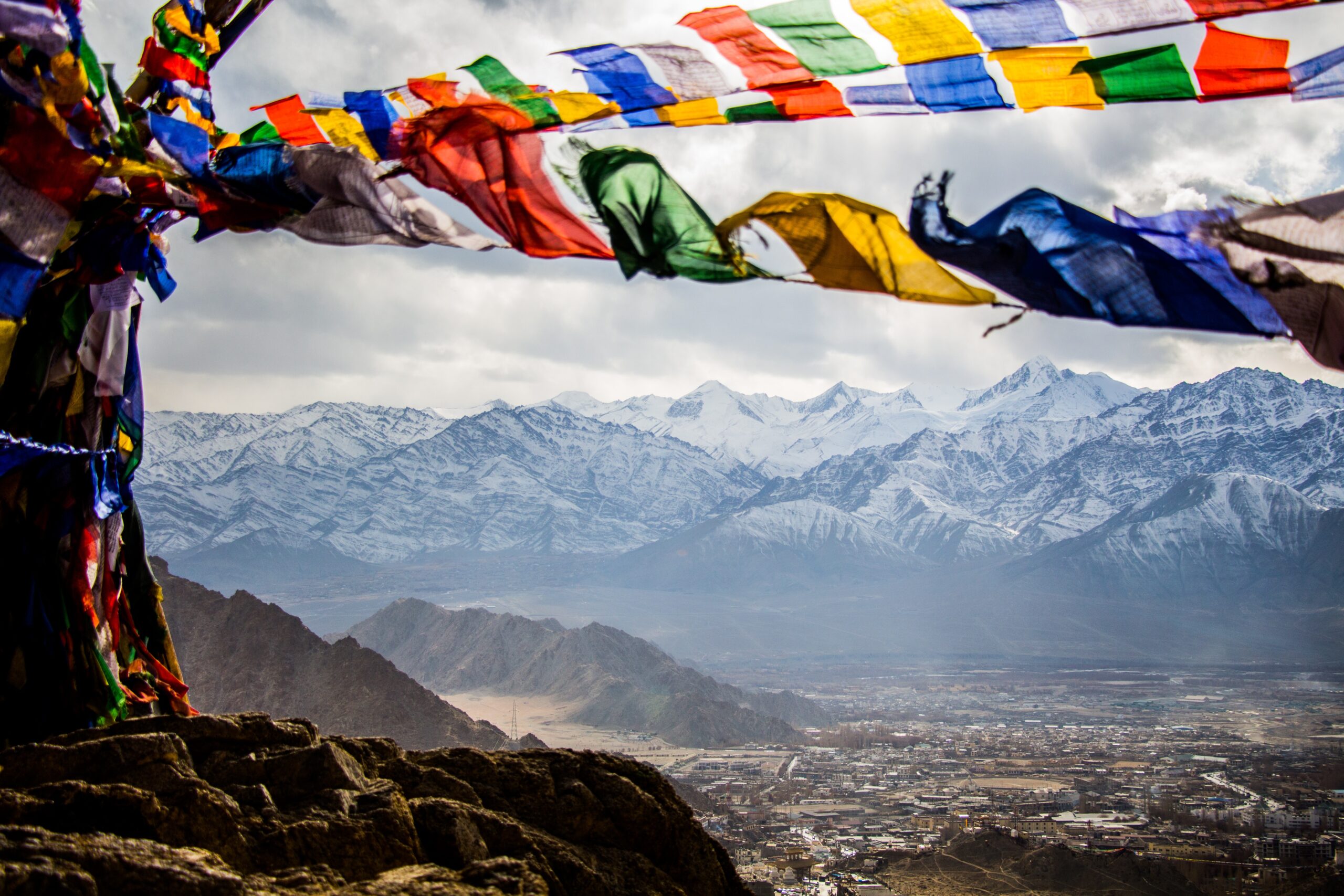Often people here in the West don’t necessarily consider themselves a practising Buddhist, however they certainly have enjoyed reading books on the subject, meditating, they may have Buddha statues around the house or enjoy using incense.
Some families want that to be expressed in their loved ones funeral service, but don’t know much about it themselves. Or, more importantly, they don’t want to over ride the feelings of family members present to the service, who may not share those views or understand what they’re all about.
Here’s a quick guide of things that may or may not be included or some suggestions as to how you can incorporate Buddhist funeral ideas into your family ceremony.
Different Traditions
Just as Christians have methodists, baptists, CofE and Catholic, we Buddhists also have different traditions. Broadly they fall under three main categories: Zen, Theravaden and Tibetan. Your loved one may have associated with one of these in particular in which case their Dhamma friends will be able to advise you on specific components to include in a funeral.
If however they didn’t align themselves with any one school in particular, these more broad concepts outlined here would keep a Buddhist feel without making any faux pas.
Music
Buddhist often practice rather a lot of their time in silence. Many temples and monasteries are kept in total silent or at least hushed tones. A short time spent in silence during the ceremony therefore might be a good way to reflect this rather than playing a piece of music.
Incense
If incense can be used at the crematorium, once everyone has been seated, it is an idea to light three sticks. These represent the Buddha, the Dhamma and the Sangha – or the Buddha himself, the teachings he gave us and the community that practice.
If it’s not possible to light them inside the chapel, near the coffin, you may prefer to light them outside where the flowers are placed for everyone to view after the service has finished.
Clothing
It is advisable to wear white to a Buddhist funeral. This is common across all traditions. It may be just your normal clothing, so it doesn’t have to be something bought especially, it’s the colour that is important. This is a sign of purity and cleanliness often displayed by lay Buddhist when visiting temples or monasteries. Maybe a pair of summer trousers, a cream blazer or a white scarf wrapped around the shoulders.
Chanting
Most Buddhist monks and nuns would use chanting – instead of Christian singing of hymns for example, We use it as a way of calming the mind and preparing for meditation. However, it can be a little strange if you haven’t done it before. Often the words are not in English and it can seem a little out of people’s comfort zone. The Celebrant may feel confident to include a simple or short chant, which the congregation listen to but don’t join in with. The chant itself will be governed by the tradition of the deceased. As with most things Buddhist, if it doesn’t feel right just let it go.
God and or Soul
Buddhists don’t believe in God. The Buddha himself was not a God and so there would be no reference to a higher power.
Similarly we do not believe that we have a soul. When we die our energy is reborn into another vessel however it is not the ‘us‘ that we have come to know and love in this lifetime. Like a candle lighting the wick of another candle; it’s not the same flame, however we can see the link between the two.
Verses
The much read and well known Lord’s Prayer is not likely to be recited, so what can you use at a Buddhist funeral? The Metta Sutta is a short verse on loving kindness and often hits the spot. The Dhammapada is also a series of verses however you might like to select these sparingly as they can be heavy going to the uninitiated.
Be mindful of internet “quotes”; they are often fictitious and inaccurate. Books to borrow from friends or a library might offer some guidance too; the Dalai Lama or Thich Nhat Hanh are both reputable and creditable sources.
Statues
A good idea is to have a Buddha statue, also known as a Buddha rupa, by the coffin and/or near a photo of the deceased. You may have one at home that is suitable or the Celebrant may be able to provide one for you.
Different traditions will have slightly different styles of statues so it might be worth checking that if possible. If you don’t know, or it’s not possible to find out, then the kind you might have in a home decor store or garden centre would be fine. The fat or laughing Buddha is very much associated with Chan/Zen Buddhism. If you’re not sure, you might prefer to go with a more generic style. Something plain and with his curly hair would be perfect.
Themes
Overall, Buddhism is largely about offering kindness to others, being content with little and letting go of all that is unhelpful. These characteristics of quietude, sensitivity and patience are all that is needed when acknowledging another person’s Buddha nature.
If your funeral takes these into account, I’m sure it would be a fitting tribute to somebody who felt an affinity with what the Buddha taught.
I hope that gives you a clearer picture on how to include some simple ideas for a Buddhist funeral. If you’d like to get in touch with me at any time, I offer a free no obligation chat. Just click the button below to book a time.

